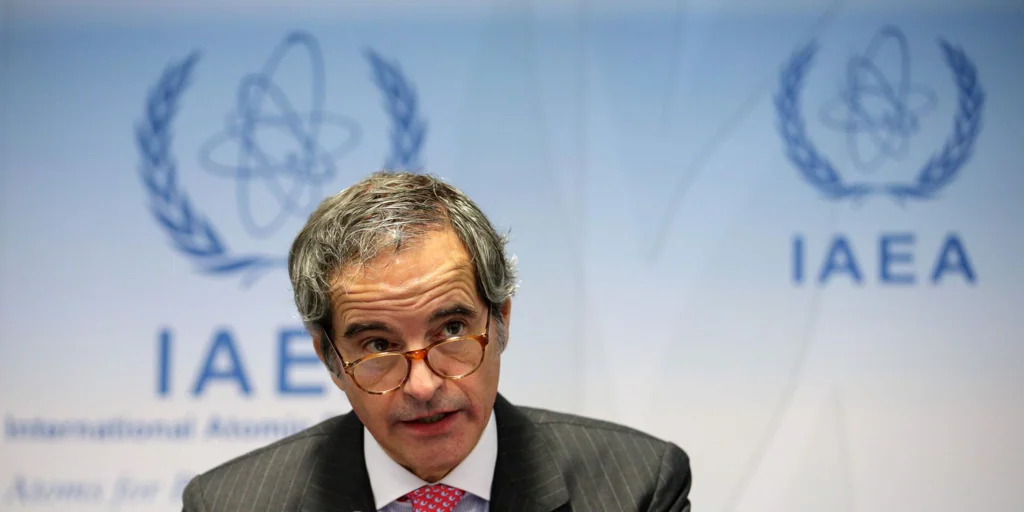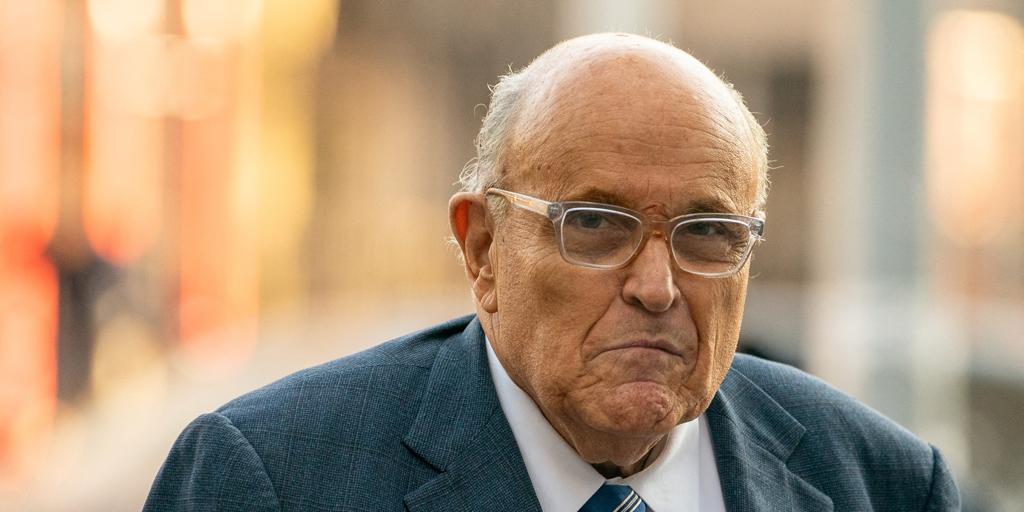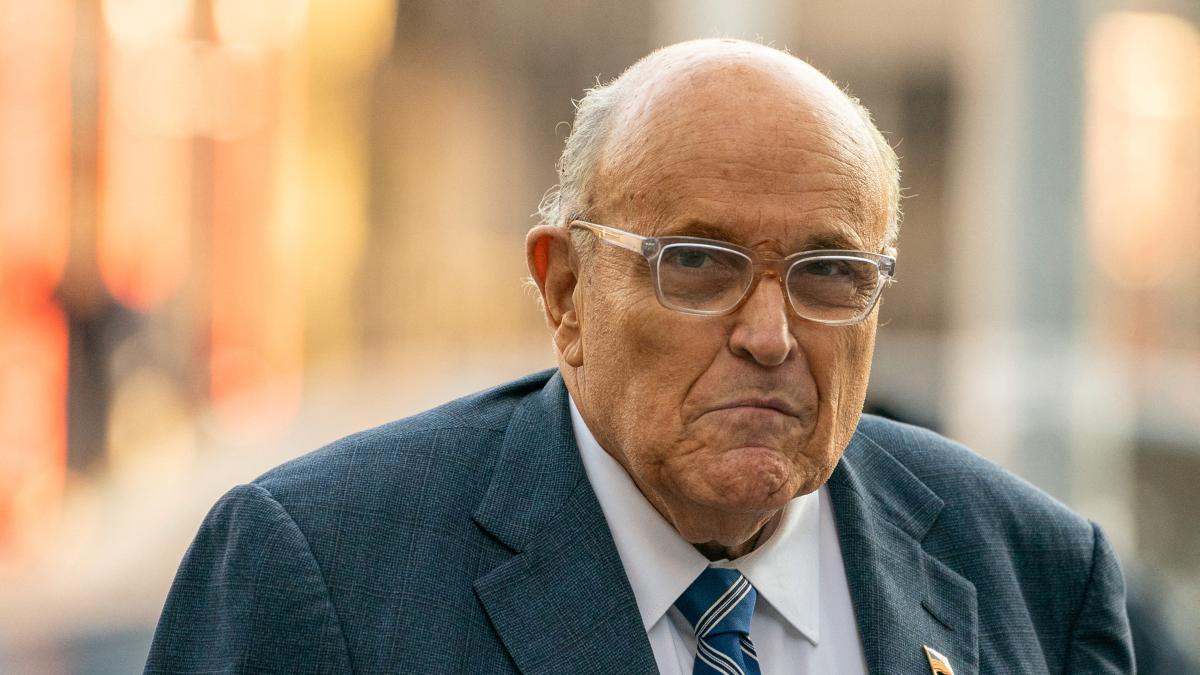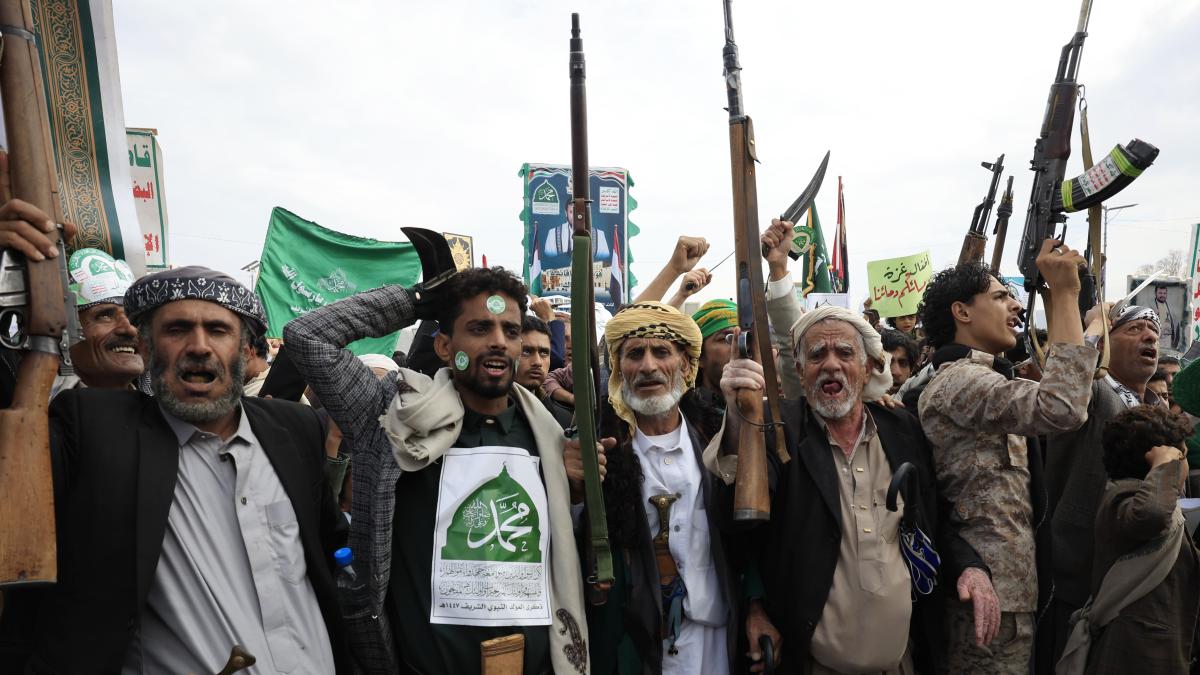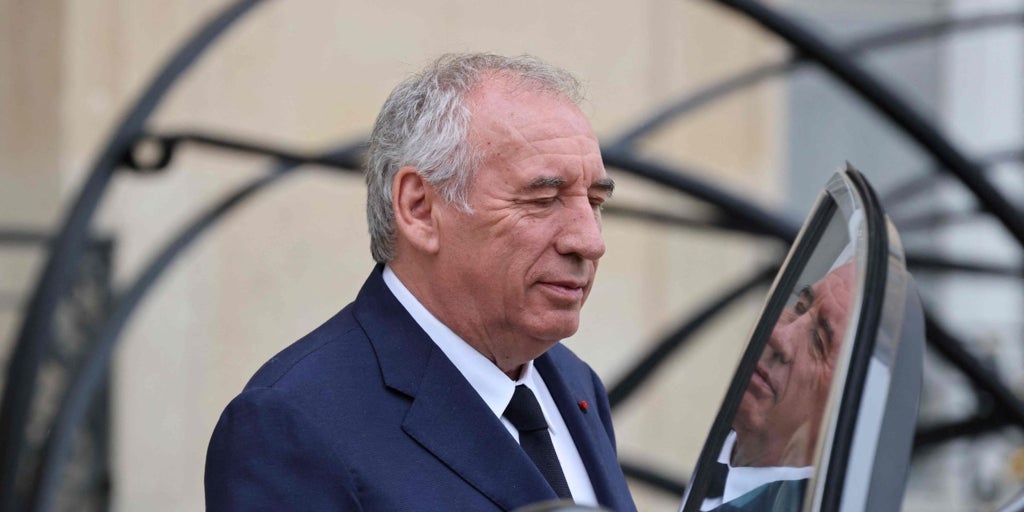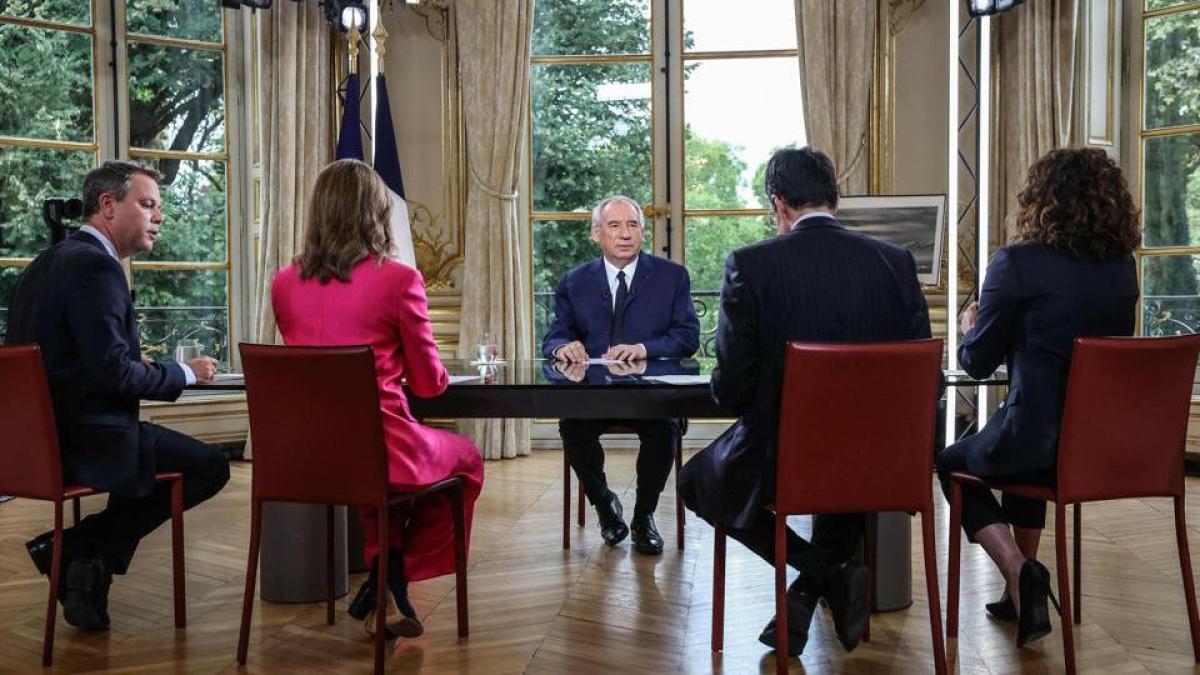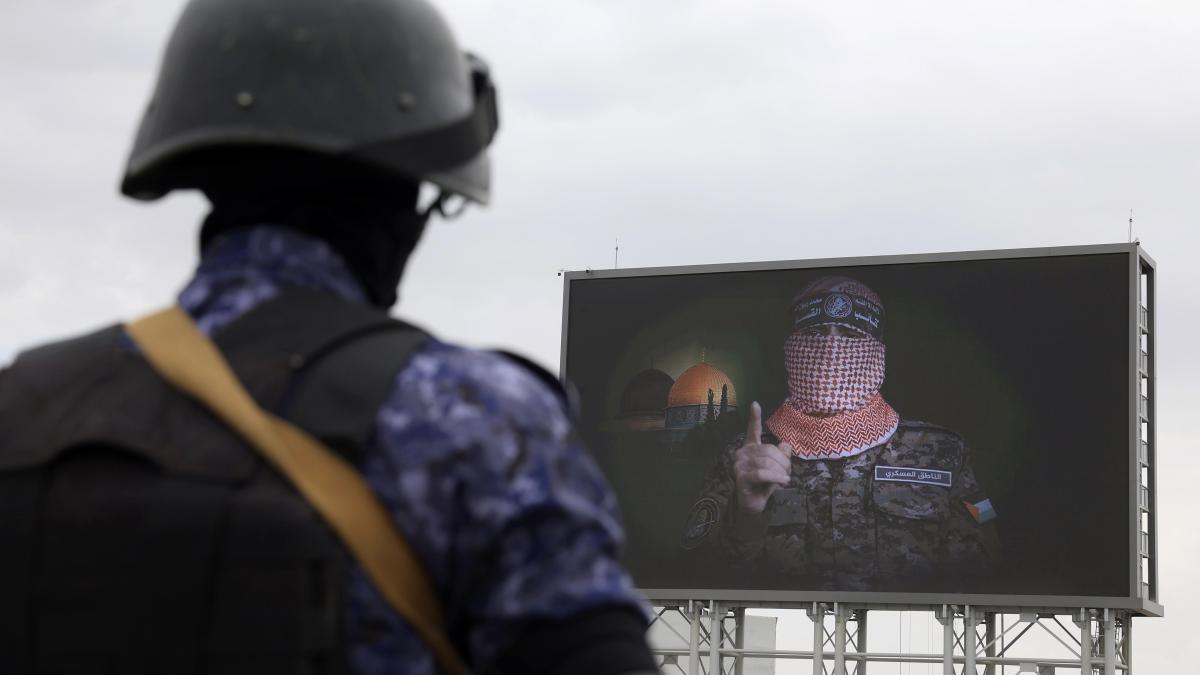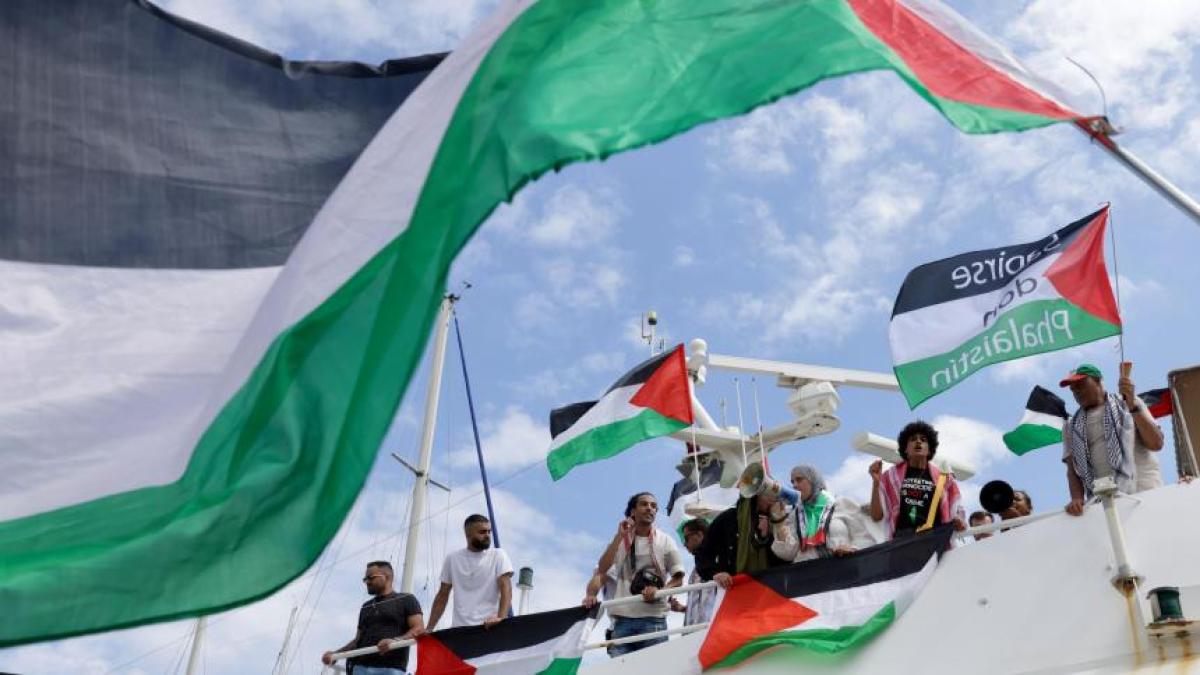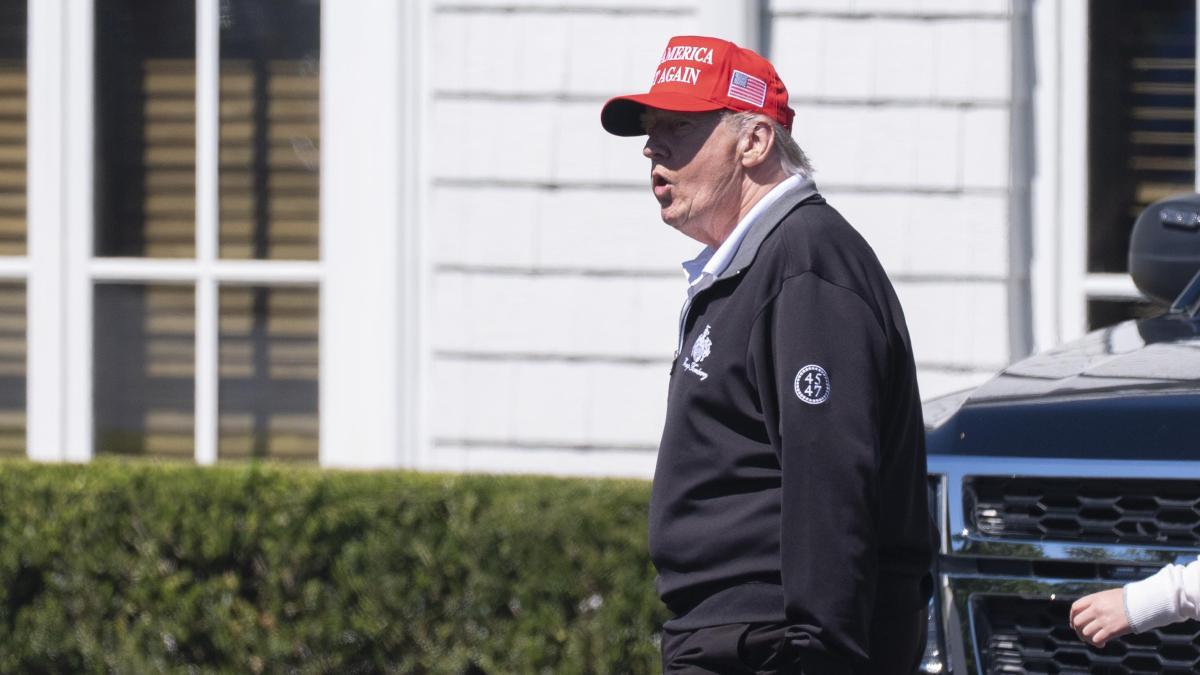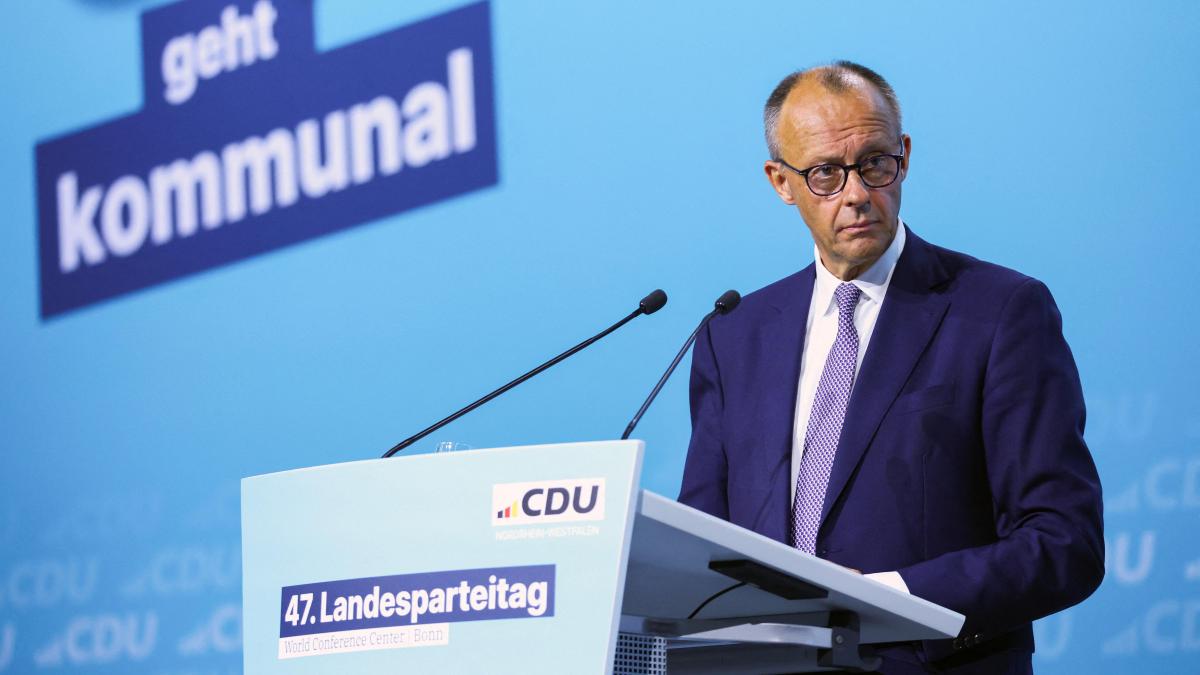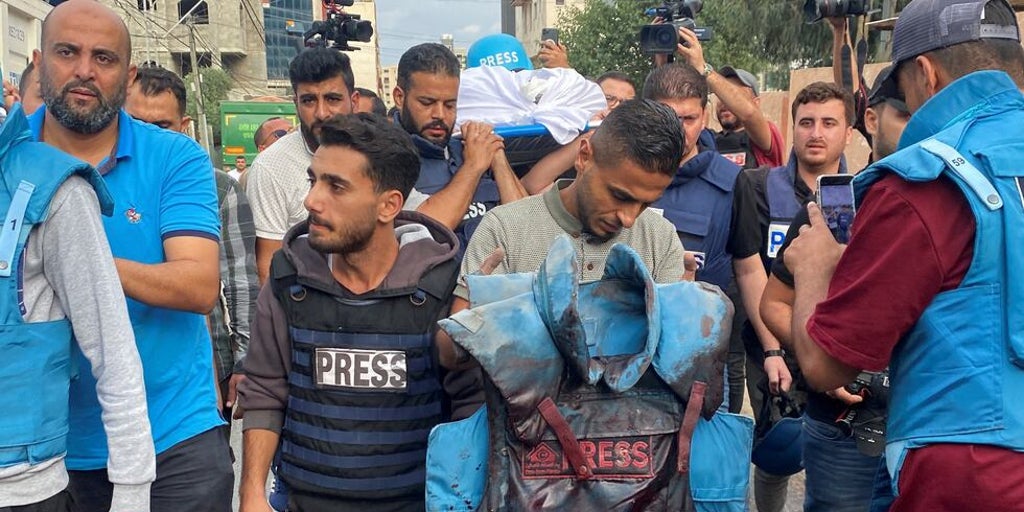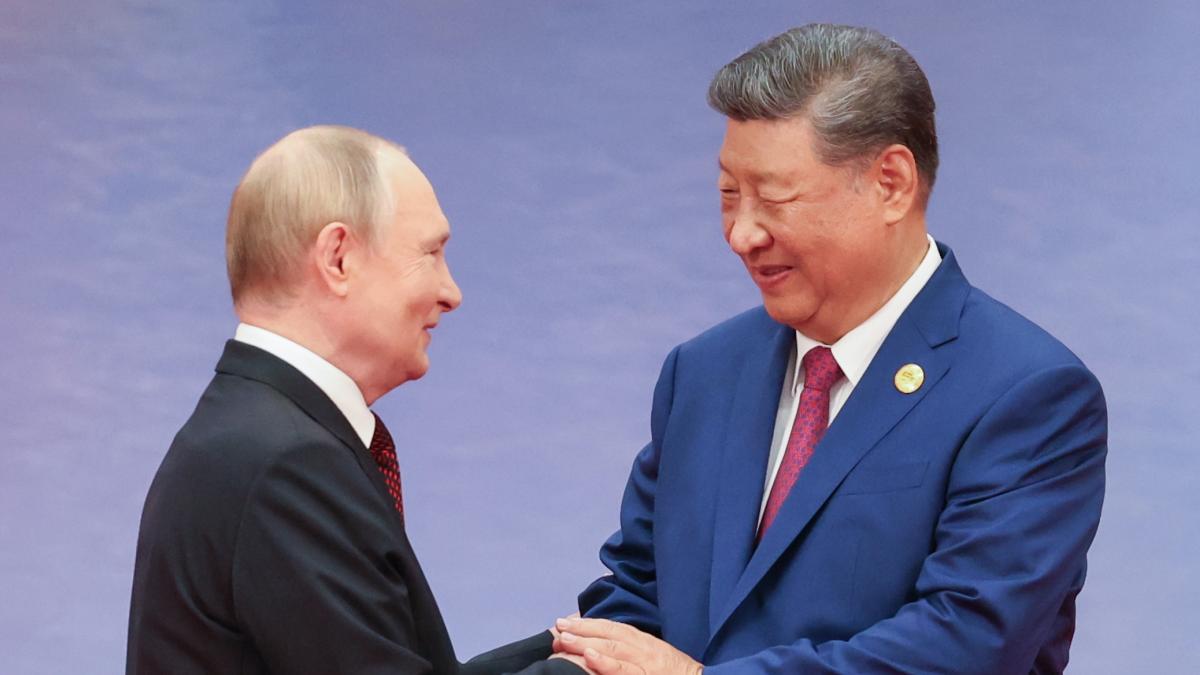In a striking development that has sent shockwaves through the diplomatic landscape, Iran has announced its intention to cease the enrichment of uranium—a process that could potentially lead to the creation of nuclear weapons. This decision comes on the heels of a significant increase in their uranium reserves, which had reportedly reached levels perilously close to those required for atomic bomb fabrication.
IAEA Director Rafael Grossi Visits Iran Amid Rising Tensions in the Middle East
Iran’s willingness to halt its enrichment endeavors was articulated following a crucial visit to Tehran by Rafael Grossi, the director general of the International Atomic Energy Agency (IAEA). This occasion marks a pivotal moment in a long-standing saga of nuclear ambition and global anxiety.
To understand the implications of Iran’s nuclear program, we must delve into its historical context. Iran’s nuclear aspirations began in the 1950s under the “Atoms for Peace” initiative, sponsored by the United States, which entailed nuclear cooperation aimed at peaceful scientific exploration. However, following the Islamic Revolution of 1979, Iran’s nuclear activities transitioned into a shadowy realm marked by secrecy and substantial suspicion.
Fast-forward to the early 2000s, when international intelligence agencies uncovered clandestine nuclear sites, heightening fears of Iran’s capability to develop nuclear weapons. The international community responded aggressively, implementing a slew of sanctions and isolating the Iranian economy. Iran’s efforts to enrich uranium surged concurrently, igniting a fierce debate on the dual-use nature of nuclear technology—potentially for both energy generation and military applications.
In a chilling report released by the IAEA in October 2023, it was noted that Iran had expanded its stockpile of enriched uranium to over **22 times the limit allowed by the 2015 Joint Comprehensive Plan of Action (JCPOA)**. This alarming surge raised eyebrows globally, inciting conversations regarding military preparations and the doctrine of mutually assured destruction.
What Went Wrong?
The unraveling of the JCPOA, which had imposed stringent limitations on Iran’s nuclear capabilities in exchange for sanctions relief, showcases the volatile nature of diplomatic engagements with Tehran. The U.S. withdrawal from the deal in 2018 exacerbated tensions, culminating in renewed sanctions and aggressive posturing from both sides.
At its core, the nuclear conundrum illustrates the West’s anxiety towards Iran’s burgeoning military capabilities. Major powers regard Iran’s progression toward acquiring nuclear weapons as a direct threat not only to Israel but also to the stability of the entire Middle East. This precarious position has impelled various Western nations to consider military interventions and preemptive measures as potential options to mitigate the imminent threat.
Uranium Enrichment Explained
Uranium enrichment involves increasing the percentage of the uranium-235 isotope, crucial for sustaining nuclear fission reactions. The enrichment process entails a meticulous series of technical maneuvers, wherein naturally occurring uranium, predominantly uranium-238, is transformed into a substance suitable for nuclear reactors or weapons.
Iran has consistently claimed its nuclear efforts are peaceful, aimed solely at generating electricity. However, the enrichment levels achieved and the pace at which they are being augmented have brought skepticism to this narrative. The line between civilian nuclear energy and military aspirations is perilously thin, with experts cautioning that a state can swiftly pivot from peaceful purposes to weapons production.
The Repercussions of Iran’s Pledge
While Iran’s promise to halt further enrichment may appear to be a step in the right direction, the underlying mistrust among global powers remains palpable. The geopolitical ramifications of Iran’s actions reach far beyond its borders, influencing diplomatic relations, military strategies, and the broader discourse regarding nuclear non-proliferation.
As Iran navigates these turbulent waters, the IAEA’s monitoring activities will take center stage. Ensuring compliance and transparency will be paramount in rebuilding confidence in Iran’s intentions and fostering dialogue aimed at a comprehensive resolution of nuclear concerns.
Inconveniently, the ghost of mistrust still looms large. The cessation of enrichment does not withdraw the threat; instead, it serves as a temporary reprieve in an ongoing geopolitical chess match. Experts warn that Iran’s longstanding history of breaching agreements will necessitate vigilant supervision and accountability measures.
Conclusion: A Nuanced Negotiation Landscape
The future trajectory of Iran’s nuclear aspirations remains fraught with uncertainty. Diplomats around the world are now faced with the dilemma: How can they ensure accountability while respecting Iran’s sovereign right to pursue peaceful nuclear energy? The stakes are tremendous, with potential implications for global security, regional stability, and the very foundations of international non-proliferation agreements.
As we ponder these questions, it is essential to remember that diplomacy is often a dance—a delicate interplay of trust, verification, and compromise. Iran’s pivot away from uranium enrichment could signify a newfound commitment to peaceful engagement or merely a strategic pause, as it recalibrates its ambitions amid undeniable global scrutiny.
luyggi scorza
Website: http://Www.scorzart.com

